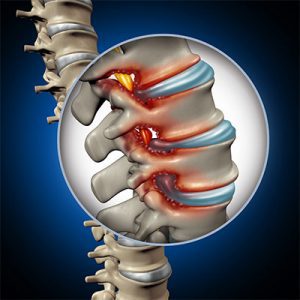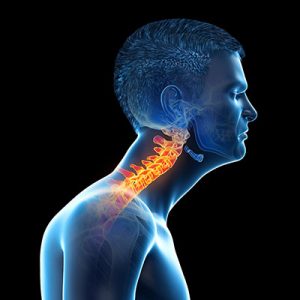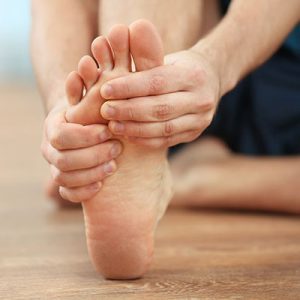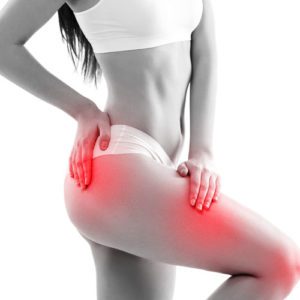Scoliosis and Sports: What You Need to Know
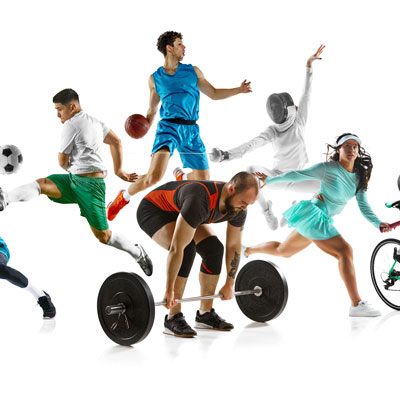
Scoliosis is a three-dimensional curvature of the spine affecting 2-3% of the population. As a Chiropractor in Virginia Beach, VA, countless patients wonder if their diagnosis means giving up the sports they love. The good news? In most cases, it doesn’t.
The condition comes in several forms: idiopathic (unknown cause, most common in adolescents), congenital (present at birth), and neuromuscular (related to nerve or muscle conditions). We measure curve severity using the Cobb angle method, which helps determine appropriate treatment approaches.
Scoliosis can impact the body in various ways. Some patients experience back pain or limited range of motion, while others may have no symptoms. In severe cases, particularly when the curve exceeds 70 degrees, respiratory function might be affected due to chest wall deformity. However, modern treatment approaches allow most people with scoliosis to maintain an active lifestyle.
Choosing the Right Sports with Scoliosis
When helping patients select appropriate sports activities, we consider several key factors:
- The severity and location of their curve (thoracic, lumbar, or thoracolumbar)
- Current pain levels
- Individual physical limitations
- Age and growth status
- Overall fitness level
Each case is unique, which is why personalized recommendations are crucial. What works for one athlete with scoliosis might not be suitable for another.
Recommended Sports for People with Scoliosis
Swimming: Your Spine’s Best Friend
Swimming tops our list of scoliosis-friendly sports. The buoyancy of water reduces spinal stress while providing excellent core strengthening benefits. All strokes can be beneficial, though backstroke often feels most comfortable for our patients.
Cycling: A Low-Impact Powerhouse
Cycling offers fantastic cardiovascular benefits while being gentle on the spine. The key is proper bike fitting – we often work with local bike shops to ensure optimal positioning that doesn’t strain the back.
Walking, Jogging, and Running
These activities provide excellent cardiovascular benefits and help maintain bone density. We emphasize the importance of proper footwear and running form to minimize impact on the spine.
Yoga and Pilates: Strength Meets Flexibility
These practices can be incredibly beneficial for scoliosis patients, though modifications are often necessary. We advise avoiding extreme spinal twists and deep forward folds, focusing on gentle stretches and core-strengthening poses.
Strength Training: Building Your Support System
Controlled resistance training helps support the spine and improve posture. We recommend working with a qualified trainer who understands scoliosis to ensure proper form, especially for exercises like:
- Pelvic tilts
- Bird-dog exercises
- Side planks
- Rowing movements
Cross-Country Skiing: Full-Body Workout
This sport provides an excellent full-body workout while maintaining spinal alignment. The rhythmic motion helps engage core muscles without excessive impact.
See more: The Benefits of Chiropractic Care for Athletes
Sports to Approach with Caution
Some activities require extra consideration or might need to be avoided, depending on curve severity and treatment status:
High-Impact Activities
Gymnastics, trampoline, and competitive cheerleading can significantly stress the spine. While not prohibited, these activities should be discussed with your healthcare team.
Contact Sports
Football, rugby, and hockey carry inherent risks due to collision potential. Athletes with scoliosis should carefully weigh these risks with their healthcare providers.
Heavy Weightlifting
In particular, overhead lifting can exacerbate curves without proper form and guidance. We recommend working with a trainer who understands scoliosis-specific modifications.
Ballet
While beautiful, ballet’s extreme positions can stress the spine. Modifications and proper technique are essential if pursuing this art form.
Treatment and Management Strategies
As a spine specialist at the Chirosolutions Center, we take a comprehensive approach to treatment. Core strengthening exercises, flexibility work, and proper posture training form the foundation of conservative management. For growing adolescents, bracing may be recommended – options include the Boston brace, Charleston bending brace, and Milwaukee brace.
Some patients benefit from specialized physical therapy approaches like the Schroth method. In cases where curves are severe or progressing rapidly, surgical intervention might be considered. However, many athletes return to their sports successfully after recovery from spinal fusion surgery.
A Note About Mental Well-being
It’s crucial to address both the physical and emotional aspects of living with scoliosis. Many young athletes worry about their performance or appearance. We encourage open discussion about these concerns and provide support through our comprehensive care team.
The Chirosolutions Center is here to help you maintain an active lifestyle while managing your scoliosis effectively. Our specialists can provide personalized guidance for your situation and sports goals.
Want to learn more about staying active with scoliosis? Contact our center for a consultation with our experienced team of spine specialists.
Frequently Asked Questions
What are some specific core strengthening exercises suitable for individuals with scoliosis?
Specific core strengthening exercises for scoliosis include the pelvic tilt, which strengthens the lower abdominals; the bird-dog exercise, which engages the back extensors and abdominal muscles; and the side plank, which targets the obliques. These isometric and dynamic exercises promote spinal stability without excessive stress.
What types of orthoses (braces) are commonly used to manage scoliosis in athletes?
Two standard orthoses for scoliosis management are the Boston brace, a rigid thoracolumbosacral orthosis (TLSO) worn for most of the day, and the Charleston bending brace, a nighttime bending brace. These custom-molded devices apply corrective forces to the spine to prevent curve progression.
What is the typical rehabilitation timeline for scoliosis patients returning to sports after spinal fusion surgery?
The rehabilitation timeline for scoliosis after spinal fusion surgery varies. Still, it generally involves a period of restricted activity for several months, followed by a gradual return to light exercise and then sport-specific training. Full return to competitive sports may take 6-12 months or longer, depending on the individual and the sport.
Are there specific exercise modifications recommended for prepubescent children with scoliosis participating in sports?
For prepubescent children with scoliosis, exercise modifications focus on avoiding high-impact activities, such as gymnastics and competitive cheerleading, and emphasizing low-impact exercises like swimming and cycling. These modifications minimize stress on the growing spine.
What non-pharmacological pain management strategies can athletes with scoliosis use with exercise?
Non-pharmacological pain management strategies for athletes with scoliosis include heat therapy, using a heating pad or warm bath to relax muscles; cryotherapy, applying ice packs to reduce inflammation; and transcutaneous electrical nerve stimulation (TENS), using a device to deliver mild electrical pulses to nerves. These strategies can provide adjunctive pain relief alongside exercise.

Similar Posts
Free Initial Consultation
Stop living with pain and discomfort. Contact us to schedule your free initial appointment.
Request an appointment online, or call:
757-271-0001



